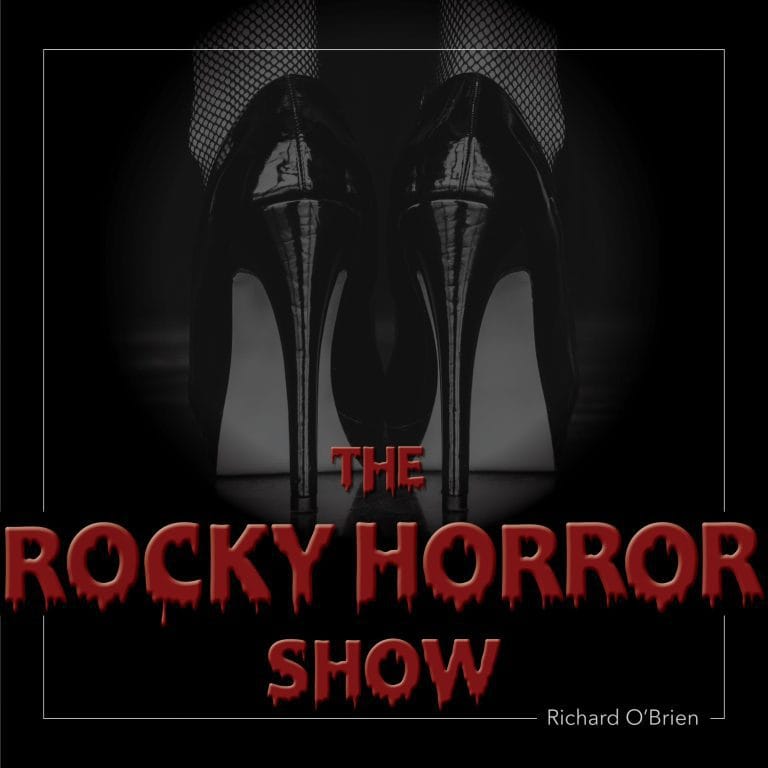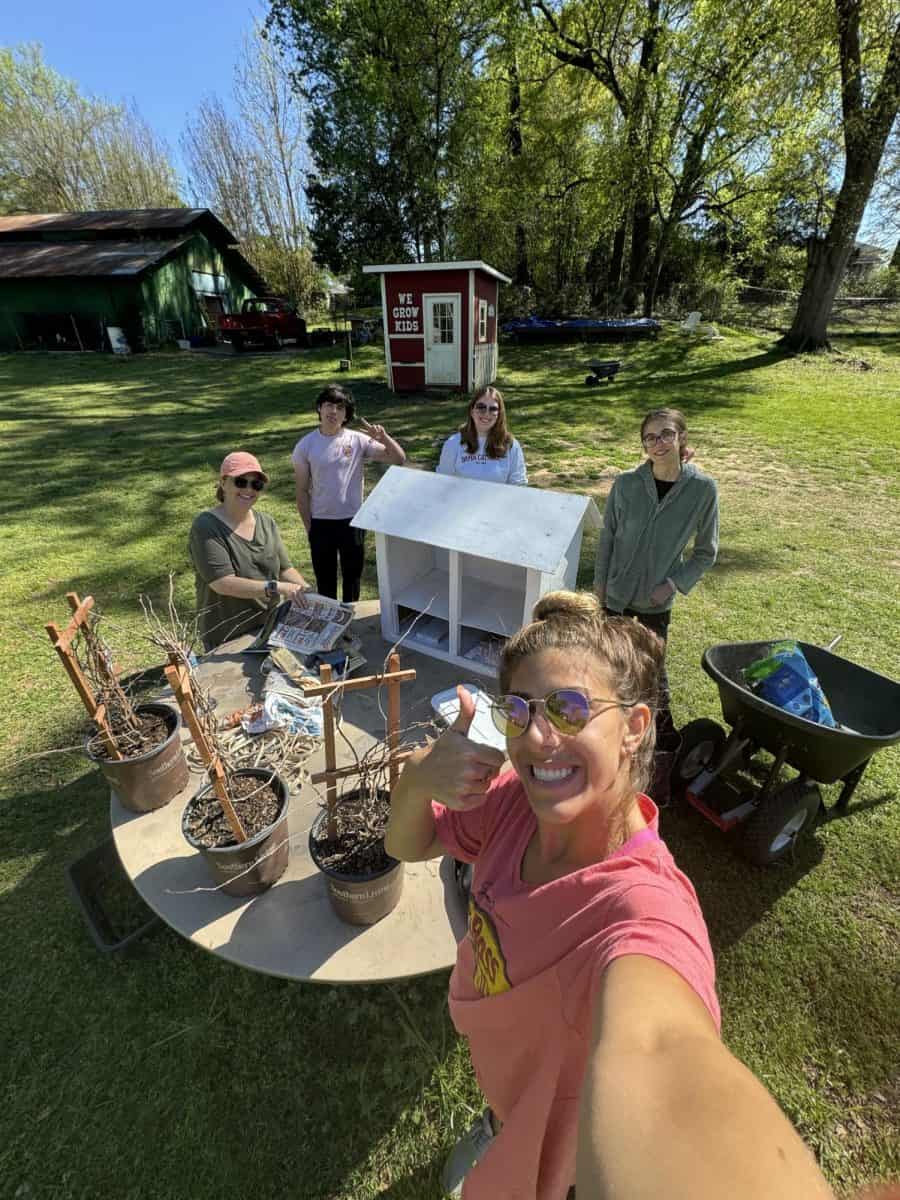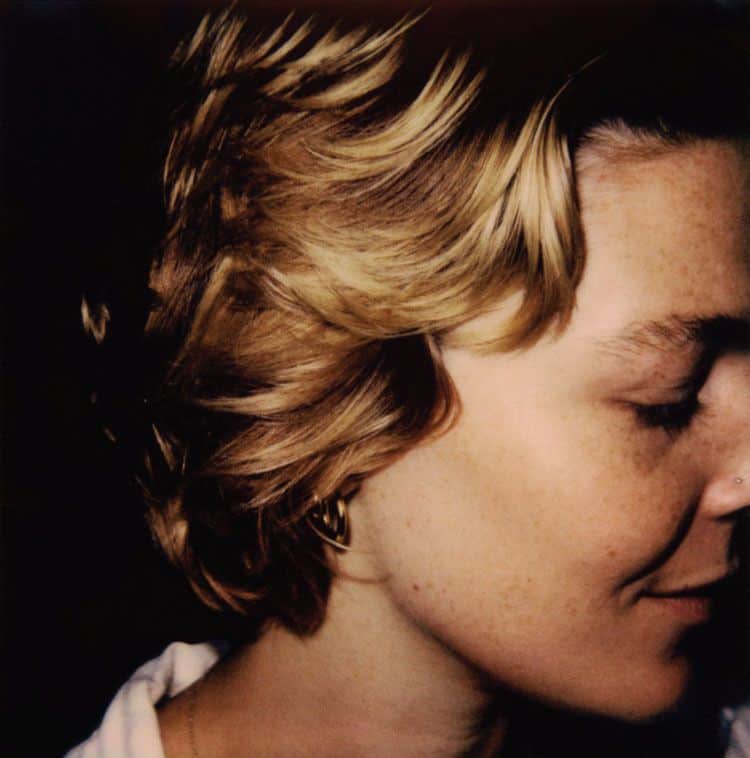The University of Alabama Department of Theatre and Dance’s production of “The Rocky Horror Show” premiered on Halloween night at the Marian Gallaway Theatre. The last performance was shown Sunday, Nov. 5.
Directed by Robert Fuson, third-year Master of Fine Arts directing candidate, “The Rocky Horror Show” is an iconic piece of American pop culture, written in 1973 by Richard O’Brien and Jim Sharman, who would later direct “The Rocky Horror Picture Show” produced by 20th Century Fox in 1975.
“This year is the 50th anniversary of the stage play,” Fuson said.
Described by Fuson as “silly, spooky, scary,” the show explores the total embrace of a pleasure-seeking lifestyle and the consequences that entails.
“The Rocky Horror Show” is a strange piece of media that gained a cult following and culture surrounding it even though, as Fuson said, “it’s not about a whole lot. The plot doesn’t even make sense.”
From the O’Brien’s perspective, the musical was not meant to have an intense or introspective meaning. The sci-fi drag show was purely a creation he thought would be fun to make and be in, which he was as the character Riff Raff.
In an interview with Newsweek in 2015 O’Brien said, “Rocky shouldn’t be successful. It’s childish. It’s puerile beyond belief.”
Fuson blames the continued relevance of “Rocky Horror” as a product of the counterculture movement that began in the ’70s and the community encouragement to be authentic to oneself.
“Having a show that was so in the face of the social constructs and the social niceties, there is something really alluring about how alien the show is,” Fuson said.
The play, about 1 hour and 40 minutes long, sticks closely to O’Brien’s original wacky script and embraces traditions surrounding the piece of media.
“We’re doing it pretty much word for word. There’s a couple of ad lib lines that actors have thrown in,” Fuson said.
Popular callouts from the movie are shown via projection on the left and right sides of the stage, and for $5 audience members were given prop bags and directed to bring certain props out during specific moments, such as a newspaper to cover heads as Brad and Janet walk through the rain to Frank-N-Furter’s castle in the near distance.
The culture behind callouts apparently began when an unnamed gentleman yelled out to the screen “Buy an umbrella, you cheap b—-” at Janet. The tradition has remained alive ever since then, and it is commonplace to see people shout or bring props at any production of “Rocky Horror” anywhere.
Fuson was excited to be directing the University’s production of “Rocky Horror.” “I’m very fascinated by how communities are built and come together in a live environment. It’s become increasingly important to me,” Fuson said, especially in an age when digital media is accessible from a couch at home.
The Rocky Horror Show is popular among some crowds, but infamous among others. Most of the controversy surrounds the sexually explicit nature of the show. In states all over the country, the discussion of sexual and gender exploration has been a hot-button topic in local and national politics. While never intending to be controversial, any show is bound to be when one of the significant characters of the play labels themselves a “transvestite.”
“Once something exists in the world, it kind of stops belonging to the people who created it and starts to belong to the people who are receiving it,” Fuson said.
But “Rocky Horror,” being the counterculture creation that it is, was willing to accept that risk.
While sticking closely to the script, Fuson did address one controversial element by including a disclaimer for a sequence of sexual scenes that acknowledges Frank-N-Furter’s ill-begotten consent from Janet and Brad.
“There are a lot of shows that try to reach as broad of any audience as possible and in doing so end up falling flat without any character distinction, whereas Rocky Horror has no interest in reaching a wide audience. Its interest is in being authentic,” Fuson said.
The Rocky Horror Picture is the longest-running film in cinematic history, resonating with audiences across the United States, and here on the University campus. While originally a venture into nothing thematically, it has adopted new meaning as its audience takes it in for itself.
“In a wonderful way, it has transformed from what it was originally to what it is now. It’s something that has been shaped by its audience,” Fuson said.
For more information about future UA theater and dance productions, visit the department’s website.







